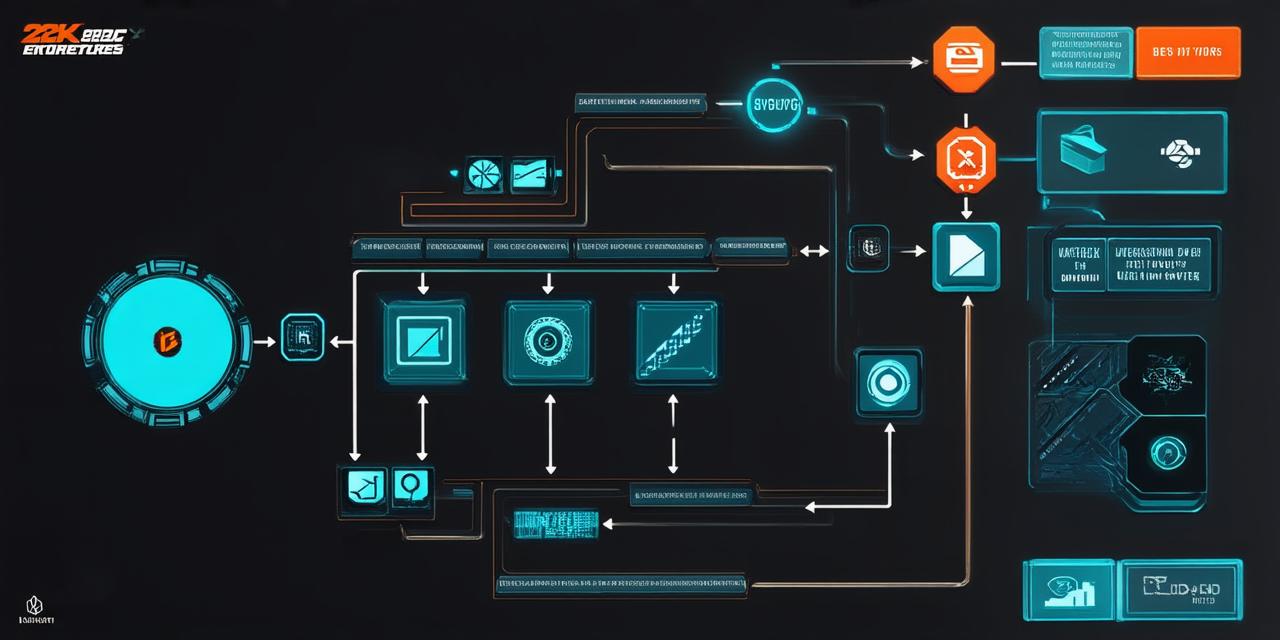Procedurally generated levels (PGLs) refer to levels that are created using algorithms and scripts rather than being manually designed by a level designer. This approach is becoming increasingly popular in game development as it allows for greater efficiency and flexibility in creating levels, as well as the ability to create unique and dynamic environments.
One of the main benefits of PGLs is that they can be quickly and easily created without the need for extensive manual design work. This makes them particularly useful in situations where a large number of levels are needed, such as in open-world games or games with procedurally generated content.
Additionally, because PGLs are generated algorithmically, they can be easily adjusted and modified to fit specific gameplay requirements or aesthetic preferences.
There are several different methods for generating levels procedurally, including Perlin noise, Voronoi diagrams, and L-systems. Each method has its own strengths and weaknesses, and the choice of which one to use will depend on the specific goals and constraints of the project.
Perlin noise is a popular technique for generating terrain in PGLs. It uses a mathematical function to create a smooth, organic surface that can be used as the foundation for a level. Perlin noise can also be combined with other algorithms and techniques to add additional features and details to the terrain, such as hills, valleys, and bodies of water.
Voronoi diagrams are another commonly used method for generating levels procedurally. They work by dividing a level into smaller regions, each of which is assigned a unique set of properties (such as texture or lighting). This allows for the creation of environments with complex, organic shapes and patterns.
L-systems are a more advanced technique that uses cellular automata to generate levels. L-systems are based on the idea of iterative rule-based systems, where simple rules are used to transform a small initial set of cells into a larger, more complex structure. This technique can be used to create levels with highly detailed and intricate structures, such as cities or ecosystems.
When creating PGLs, it is important to consider the performance impact of the algorithms and techniques being used. While some methods may be faster and more efficient than others, they may also require more processing power or memory. This can be a concern in situations where levels are being generated on-the-fly, as it may cause performance issues or slow down the game.
In conclusion, procedurally generated levels offer many benefits for game development, including efficiency, flexibility, and the ability to create unique and dynamic environments. With the right tools and techniques, PGLs can be used to create levels that are both visually appealing and highly functional, making them a valuable asset in any game development project.
